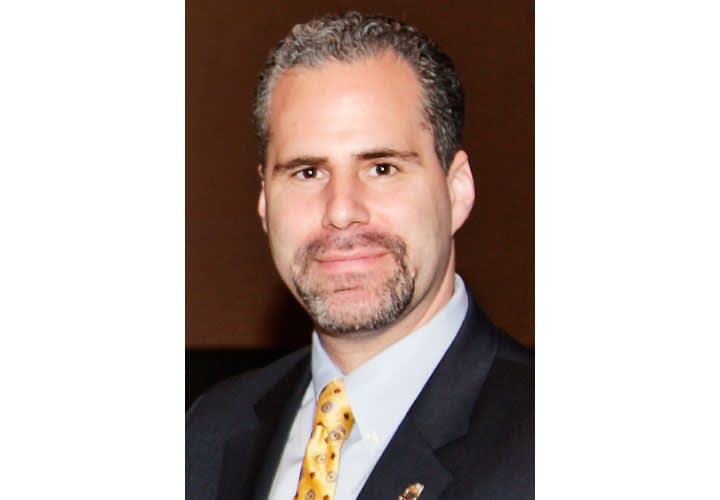In 2013 a man opened fire in Los Angeles International Airport and killed Transportation Security Officer (TSO) Gerardo Hernandez and wounded three other people. In response to this attack, government officials called Officer Hernandez a hero—which he is—sent flowers for his funeral, and blamed the carnage on guns. That's it. No thought of an Airport Operations Center was mentioned. Ironically, court documents revealed a note from the convicted attacker that stated, "I want it to always be in the back of your head just how easy it is to take a weapon to the beginning of your Nazi checkpoints." In interpreting this punk's message, too many don't realize that the most dangerous weapon he brought to the checkpoint was his evil mind and not a gun.
From 2015 to June 2016, there were eight attacks on international airports. Among these attacks, one involved the use of an edged weapon, seven involved the use of bombs, and one incident deployed a hybrid attack using gunfire and bombs. All involved evil minds.
CNN reports there's an average of 6.87 victims per mass shooting incident in the U.S., where for the rest of the world, the average is 8.8. The article quotes University of Alabama professor Adam Lankford who suggests, "There are fewer people killed in these mass shootings in the United States because American police routinely train on how to deal with this kind of incident." This brings us to where the focus should be: supporting and empowering law enforcement by enhancing protective and communication equipment, staff numbers, area detection monitoring, and response time capabilities.
The starting point is you need law enforcement bodies. Let's look at federal law enforcement assets commonly found at airports. TSA already over-extends its Air Marshal workforce, which needs more bodies to expand its coverage on high-risk international and domestic flights. Customs and Border Patrol's priority focus at airports is on international flights and arriving high-risk travelers. Operation centers sound good, but you need operators to make them work.
Next come response tools. Responding law enforcement officers need protective gear, rifles, K-9 support, ballistic shields, and interoperable radios. We can't expect responding officers to confront and defeat active-shooters/bombers with verbal judo alone.













